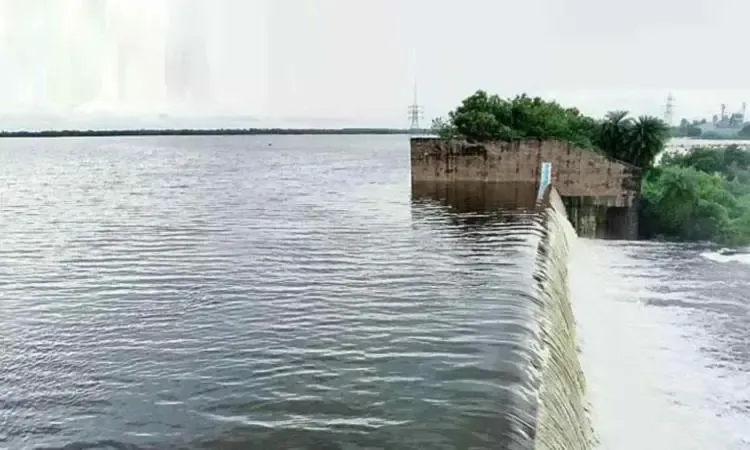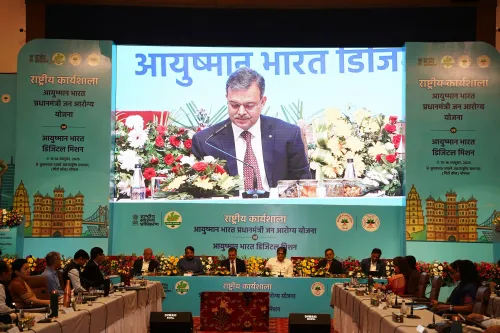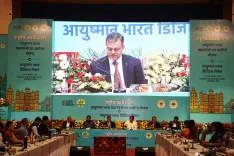Is TN's Madurantakam Lake Restoration Almost Complete?

Synopsis
Key Takeaways
- The Madurantakam lake restoration is nearly complete with 95% of work finished.
- The project is crucial for enhancing irrigation for local farmers.
- The lake's storage capacity will increase by nearly 45% after restoration.
- Innovative automated sluice gates will improve flood management.
- The project reflects a commitment to sustainable agricultural practices.
Chennai, Oct 16 (NationPress) The historic Madurantakam lake, located in Chengalpattu district, is on the verge of completing its extensive restoration project, with officials reporting that approximately 95 percent of the work has been finalized.
Valued at Rs 163 crore, the project is anticipated to be fully operational by February 2026. Originally constructed in the 10th century by King Uthama Chozhan, the Madurantakam lake covers roughly 4,752 acres and previously had a maximum storage capacity of 23.4 feet.
This lake has historically served as a vital irrigation source for around 2,853 acres of farmland across 36 villages, including Valarpirai, Mullai, Kadaperi, Vilagam, and Mukkancherry. Unfortunately, years of sediment buildup severely diminished the lake’s ability to retain water, leading to a situation where even 10 feet of water appeared full.
In response to persistent requests from local farmers and environmental advocates, the state government allocated Rs 120 crore for the restoration of the lake in 2021, with work commencing the following year. An additional Rs 43 crore was later set aside for the construction of a 12-shuttered surplus sluice gate to manage water inflows and prevent flooding.
Engineers from the Water Resources Department (WRD) reported that the new system includes 12 automated shutters spanning 144 metres, operated by electric motors.
These gates will oversee both water storage and release, providing effective flood control and enhancing irrigation capacity.
Trial operations to test water release through the new gates are currently in progress, supported by the consistent inflows from the northeast monsoon.
“The initial tests of the automated gates have been successful, and the lake is already receiving healthy inflows,” a senior WRD official stated. “Upon completion, this project will restore the lake’s full capacity, aid groundwater recharge, and greatly support paddy cultivation in the region.”
Before the restoration, the reservoir's capacity was at 694 million cubic feet (mcft). Once finished, the revamped Madurantakam lake will have the capacity to hold up to 1,000 mcft of water annually—a nearly 45 percent increase in capacity.
Officials have indicated that by February 2026, the lake will be fully operational for agricultural and public use, symbolizing the revival of a waterbody that has been a lifeline for generations of farmers in Chengalpattu.









